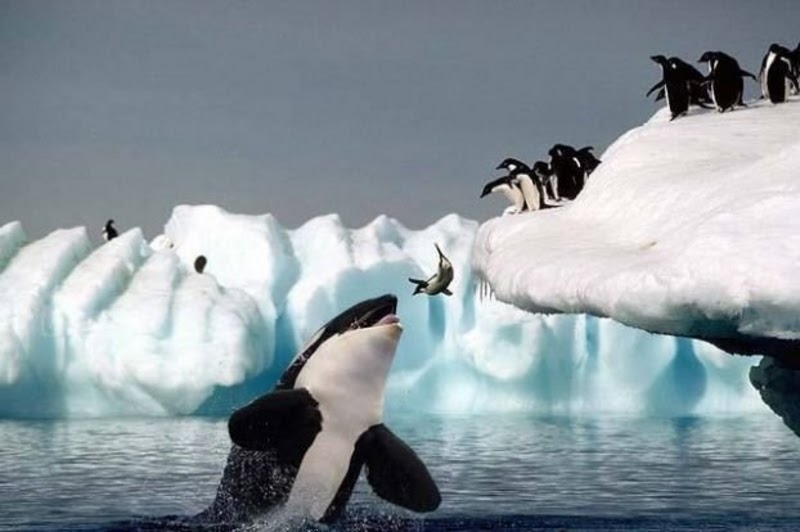The snowy owl, a denizen of the Arctic tundra, captivates with its stark white plumage and piercing yellow eyes. Survival in its harsh environment demands a complex interplay of hunting prowess, predator evasion, and adaptation. This guide elucidates the key aspects of the snowy owl’s existence, from its dietary staples and formidable predators to the conservation efforts aimed at safeguarding its future.
I. Diet and Hunting Strategies
A. Primary Prey: The Lemming’s Dominance
The snowy owl’s diet is inextricably linked to the cyclical abundance of lemmings. These small rodents form the cornerstone of the owl’s sustenance, dictating breeding success and overall population health. A single snowy owl can consume several lemmings per day. Lemming availability directly influences the number of eggs laid and the survival rate of owlets.
B. Secondary Prey: Diversifying the Menu
When lemming populations dwindle, the snowy owl exhibits remarkable dietary flexibility. Voles, mice, arctic hares, and various bird species, including ptarmigan and waterfowl, become important substitutes. Coastal populations may even supplement their diet with fish. The owl’s ability to switch prey allows it to endure periods of lemming scarcity, albeit with potential repercussions for breeding output.
C. Hunting Techniques: Mastery of the Tundra
Snowy owls employ a diverse arsenal of hunting techniques. They are primarily sit-and-wait predators, utilizing elevated perches like hummocks or snowdrifts to scan the landscape for movement. Their exceptional eyesight allows them to detect prey from considerable distances. Upon spotting a target, the owl swoops down with astonishing speed and precision, seizing its quarry with powerful talons. These owls can also hunt on the wing, quartering low over the tundra in search of a meal.
II. Predators and Defense Mechanisms
A. Avian Predators: Threats from Above
Despite their imposing size, snowy owls are vulnerable to predation, particularly during their vulnerable fledgling stage. Arctic foxes, wolves, and jaegers pose significant threats, especially to eggs and young owlets. Larger avian predators, such as golden eagles and gyrfalcons, may also prey on adult snowy owls, although such instances are relatively rare.
B. Terrestrial Predators: Dangers on the Ground
Arctic foxes are opportunistic predators, readily targeting snowy owl nests. They are adept at locating nests hidden amongst the tundra vegetation. Wolves may occasionally kill adult snowy owls, though such encounters are uncommon. Wolverines, known for their tenacity, can also pose a threat to nests and fledglings.
C. Defensive Strategies: Protecting the Brood
Snowy owls exhibit fierce parental behavior, aggressively defending their nests and young. They will readily confront potential predators, engaging in aerial attacks and vocalizations to deter intruders. The male owl plays a crucial role in territorial defense, while the female focuses on incubating the eggs and caring for the owlets. Camouflage also serves as a defense mechanism; the white plumage of the adult owls blends seamlessly with the snowy environment, making them difficult to spot.
III. Conservation Status and Threats
A. Population Trends: A Fluctuating Trajectory
Snowy owl populations exhibit significant fluctuations, largely driven by lemming cycles. In years of lemming abundance, owl populations tend to thrive. Years of scarcity can lead to reduced breeding success and population declines. Long-term monitoring programs are essential for tracking population trends and identifying potential threats.
B. Habitat Loss and Degradation: A Growing Concern
Climate change poses a significant threat to snowy owl habitat. Rising temperatures can alter vegetation patterns, impacting lemming populations and the overall suitability of the tundra environment. Industrial development, including oil and gas exploration, can also fragment habitat and disrupt owl nesting sites.
C. Climate Change Impact
The accelerating pace of climate change introduces a cascade of challenges to snowy owl survival. Thawing permafrost destabilizes the tundra landscape, making it less conducive for nesting and hunting. Altered snow cover patterns can disrupt lemming populations, further exacerbating food scarcity for owls. Shifts in prey distribution may also force owls to migrate to less suitable areas, increasing mortality rates. The changing climate also creates opportunities for increased competition and predation from species moving northward.
D. Conservation Efforts: Protecting the Future
Various conservation initiatives aim to protect snowy owls and their habitat. These include habitat preservation, regulation of hunting, and mitigation of climate change impacts. Protected areas and wildlife refuges provide critical breeding and foraging grounds for snowy owls. International cooperation is essential for managing migratory populations and addressing threats that transcend national boundaries.
E. The Role of Citizen Science
Citizen science projects play a vital role in gathering data on snowy owl distribution, abundance, and behavior. Birdwatchers and amateur naturalists can contribute valuable information through online platforms and monitoring programs. This collective effort enhances our understanding of snowy owl ecology and informs conservation strategies.
F. Mitigation Strategies
Strategic mitigation efforts are essential to bolster snowy owl populations. Creating artificial nesting platforms in areas with limited natural nesting sites can increase breeding success. Reducing disturbance from human activities during the breeding season minimizes stress on nesting owls. Implementing sustainable land management practices in the Arctic can help preserve critical habitat and maintain healthy lemming populations. Long-term ecological research is crucial for adaptive management strategies.
IV. Conclusion
The snowy owl’s survival is a testament to its resilience and adaptability. However, the challenges posed by habitat loss, climate change, and other anthropogenic factors require concerted conservation action. By understanding the intricacies of its ecology and implementing effective mitigation strategies, we can ensure that this iconic species continues to grace the Arctic landscape for generations to come.
